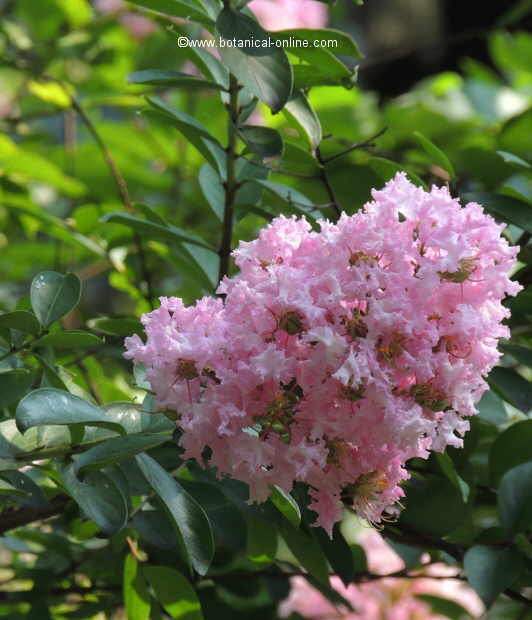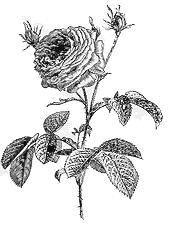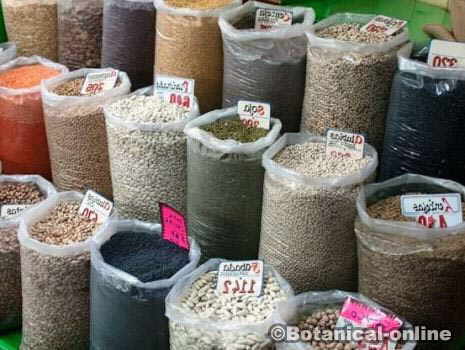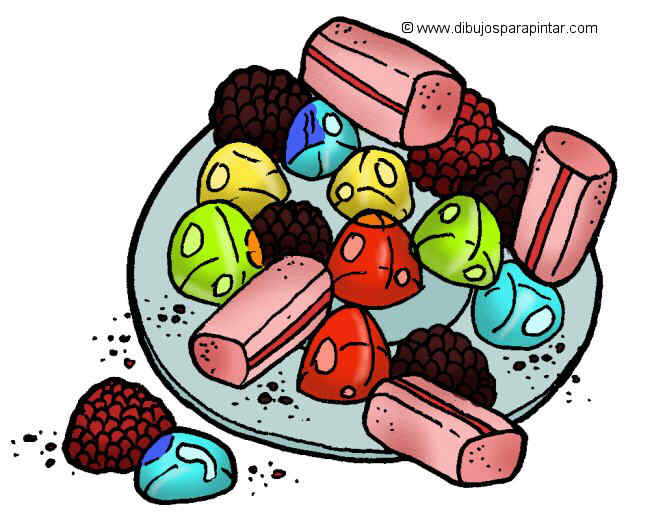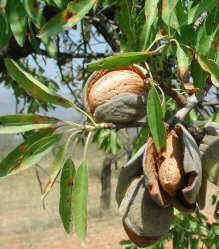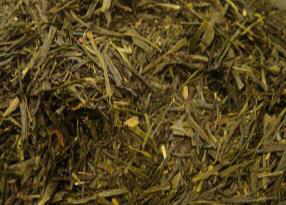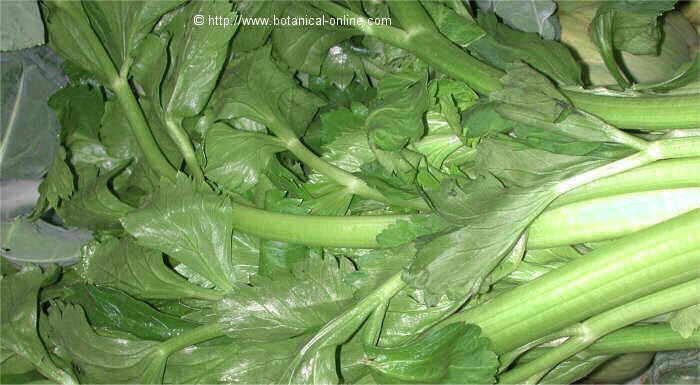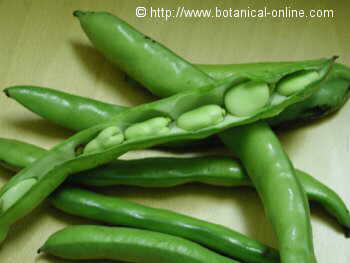Contents
Uses of ivy plant
Uses of ivy as an ornamental plant

Ivy is a widely used gardening plant. In gardening is used mainly as climbing plant, to decorate walls, walls, gates, posts, etc. Wild ivy can climb with the help of aerial roots that develop on stems. In spite of this, some “less strong” cultivated ivies may need a support to favor their grip, especially when they are young.
Other more vigorous varieties, such as Hedera helix “Pedata”, or Hedera helix “Goldheart”, do not need any support to climb.
The gripping capacity of the aerial roots of the ivy is so great that they can damage the walls or supports by which it climbs when they are not in good condition. If you plant an ivy, you will have to make sure that the surface ivy is climbing on is consistent. Monitor its growth from time to time.
Ivy can also be used to cover horizontal surfaces, which can decorate an empty space and also help prevent the development of herbs. Cultivated in this way, it manifests a great expansive power that can turn it into an invasive weed.
Ivy, like an indoor plant
Especially recognized varieties with variegated leaves can be grown as indoor plants.
Planted inside a container or a pot that is more or less voluminous, you can guide its growth properly or let them hang from a pot to beautify some corner of our house.
The ivy supports a frequent pruning so they are used as topiary plants to cut and give very varied shapes.
Ivy as a medicinal plant
Internally, as a medicinal plant, it has been used in the past to combat numerous diseases of the respiratory system, especially as an expectorant in case of bronchitis, cold, etc.
Also as emetic, or purgative to avoid constipation.
The leaf decoctions, in external treatments, to calm pain and to treat sores or wounds.
Despite these traditional uses, ivy is a poisonous plant whose fruits can be deadly for man.
That is why modern herbal medicine recommends not to use remedies made with ivy, especially those that are used internally.
* More information on: Medicinal Properties of Ivy
Uses of ivy in the medical and cosmetic industry
From components obtained from ivy, the medical industry produces medicinal products, such as expectorants. Likewise the cosmetics industry uses some of its derivatives for the manufacture of anti-cellulites.
Ivy as a biological resource
Ivy plays a very interesting role in the ecosystems where they live. Many insects, including bees, feed on its flowers, which are able to take advantage of it to produce honey which, interestingly, as a poisonous plant, is edible for humans.
It is believed that many invertebrate animals take advantage of the abundant nectar of these plants to feed themselves and it is assumed that at least fifteen birds feed on their fruits, a particularly valuable resource in a cold season when there is little food in the field.
Ivy has a large surface growth and very strong roots and stems. All this makes it an interesting groundcover plant , protecting the soil from erosion caused by rain and wind.
In flat places and in areas with steep slopes and rocks, ivy is able to fix the terrain, preventing the displacement of materials and the falling of stones or rocks.
Many slopes oriented to the north maintain their original shape by the natural growth of this plant. Thus, ivy can be used to fix slopes, walls, margins, rocks, or roadsides in shady places

![]() More information on ivy plant
More information on ivy plant

